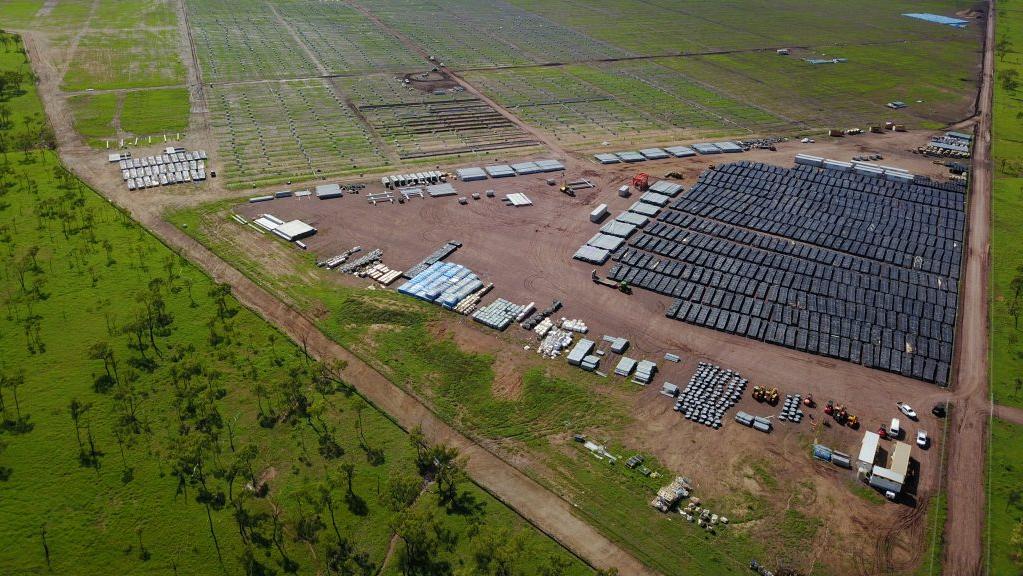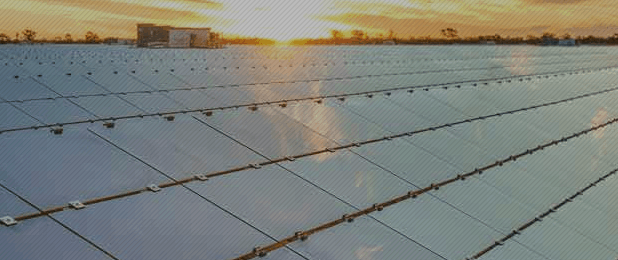Solar panel recycling is the process of recovering and reusing materials from end-of-life solar panels. According to the International Energy Agency (IEA), recycling solar panels could recover up to 78 million tonnes of raw materials by 2050. This would help reduce the environmental impact of solar panels and extend their lifespan.
Issues with Solar Panel Recycling
One of the biggest challenges in solar panel recycling is the complexity of the process. Solar panels are made up of several different materials, including glass, aluminum, silicon, copper, and plastic. These materials are difficult to separate and recycle, which makes the process both time-consuming and expensive. Furthermore, the lack of a standardized recycling process for solar panels has resulted in varying levels of efficiency and effectiveness across different recycling facilities.
Another challenge with solar panel recycling is the lack of infrastructure to support it. The vast majority of solar panels are not recycled, and as a result, they end up in landfills. According to a study by the National Renewable Energy Laboratory (NREL), only 9% of solar panels installed in the US in 2016 were recycled. This highlights the need for more investment in solar panel recycling infrastructure.
Solar Panel Recycling Companies
Despite the challenges, several companies are leading the way in solar panel recycling. One of these companies is First Solar, which has a recycling program that recovers up to 90% of the materials in their solar panels. Another company is PV Cycle, which has a network of recycling facilities across Europe that recycle solar panels at the end of their life.
Research for the Future of Solar Panel Recycling
Researchers are also working on new technologies to make solar panel recycling more efficient and cost-effective. For example, researchers at the University of New South Wales in Australia have developed a method for recycling silicon-based solar panels that could recover 95% of the materials. This method uses a combination of mechanical, thermal, and chemical processes to separate the materials.
Another promising area of research is the use of robots to automate the recycling process. Researchers at the University of Cambridge in the UK have developed a robot that can disassemble solar panels and recover the materials. This robot could significantly reduce the time and cost of solar panel recycling.
Conclusion
Solar panel recycling is an important part of the transition to a more sustainable energy system. However, the current lack of infrastructure and the complexity of the process pose significant challenges. To overcome these challenges, more investment is needed in solar panel recycling infrastructure, and research into new technologies is crucial. As more solar panels reach the end of their life, it is essential that we address this issue to minimize the environmental impact and maximize the potential of solar energy.
- International Energy Agency (IEA). (2020). “End-of-Life Management of Solar Photovoltaic Panels.” https://www.iea.org/reports/end-of-life-management-of-solar-photovoltaic-panels
- National Renewable Energy Laboratory (NREL). (2019). “Life Cycle Assessment Harmonization Project: Final Report.” https://www.nrel.gov/docs/fy19osti/72953.pdf
- First Solar. (2021). “Recycling.” https://www.firstsolar.com/sustainability/recycling
- PV Cycle. (2021). “Solar Panel Recycling.” https://www.pvcycle.org/solar-panel-recycling/
- University of New South Wales. (2020). “UNSW Scientists Develop Efficient Method to Recover High-Quality Silicon from Photovoltaic Panels.” https://www.unsw.edu.au/news/2020/09/unsw-scientists-develop-efficient-method-to-recover-high-quality-silicon-from-photovoltaic-panels
- University of Cambridge. (2020). “New Robot to Disassemble Solar Panels Could Revolutionize Recycling.” https://www.cam.ac.uk/research/news/new-robot-to-disassemble-solar-panels-could-revolutionise-recycling
- SolarPower Europe. (2021). “Solar Sustainability Best Practices Mark: Module Recycling.” https://www.solarpowereurope.org/solar-sustainability-best-practices-mark-module-recycling/
- The Guardian. (2021). “Recycling Solar Panels Is Complicated and Expensive. Could a New Innovation Change That?” https://www.theguardian.com/environment/2021/jan/22/recycling-solar-panels-is-complicated-and-expensive-could-a-new-innovation-change-that




